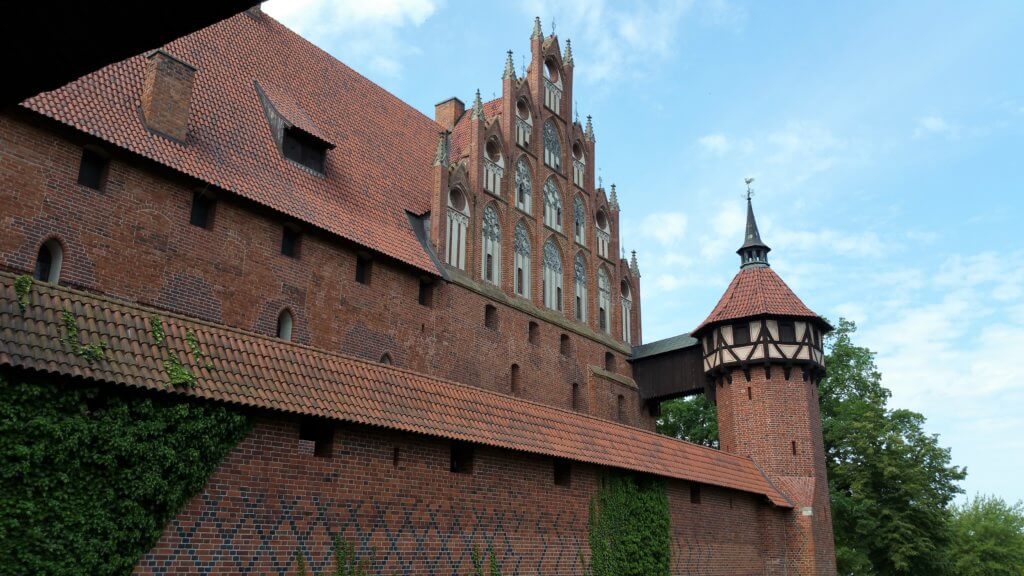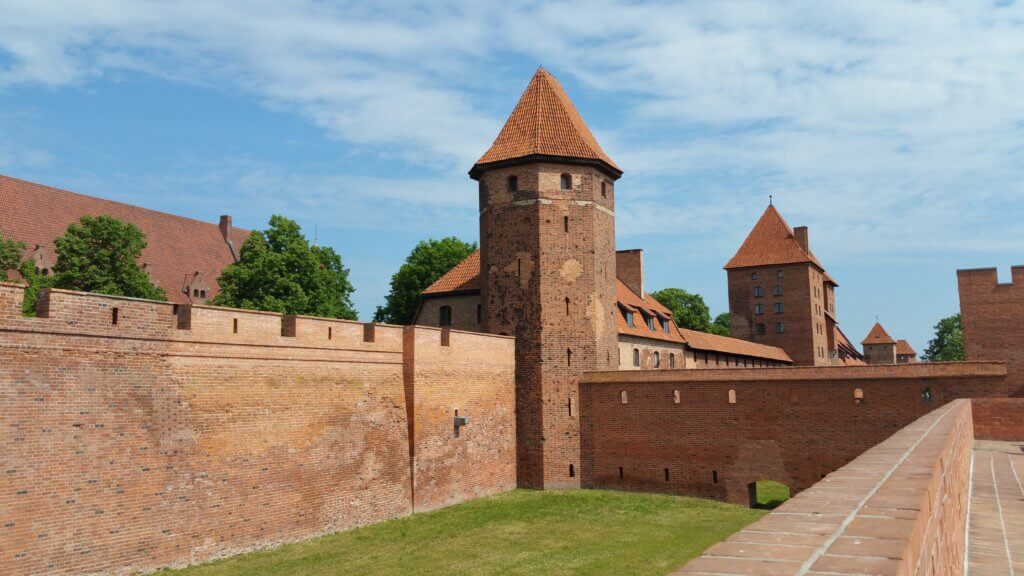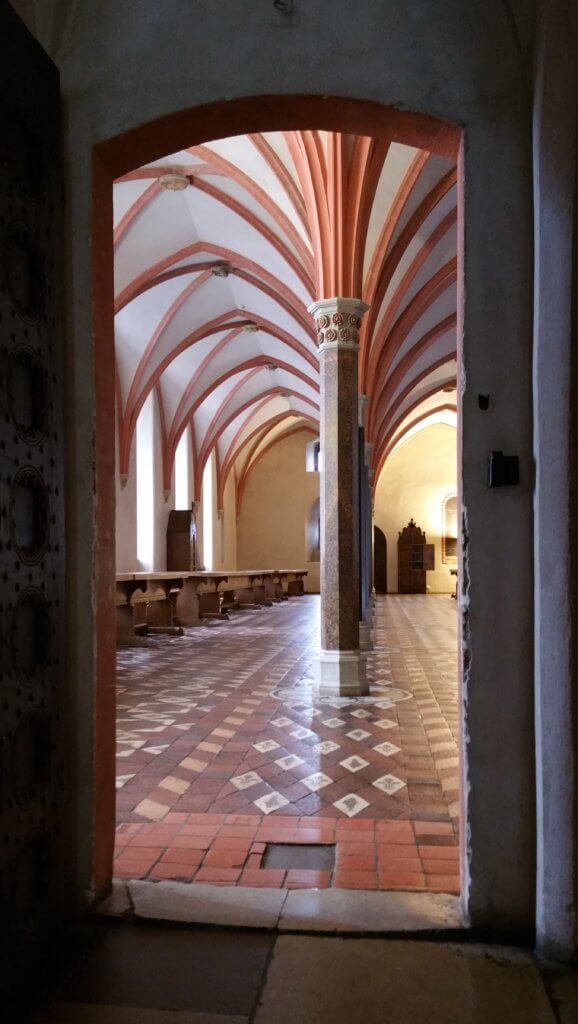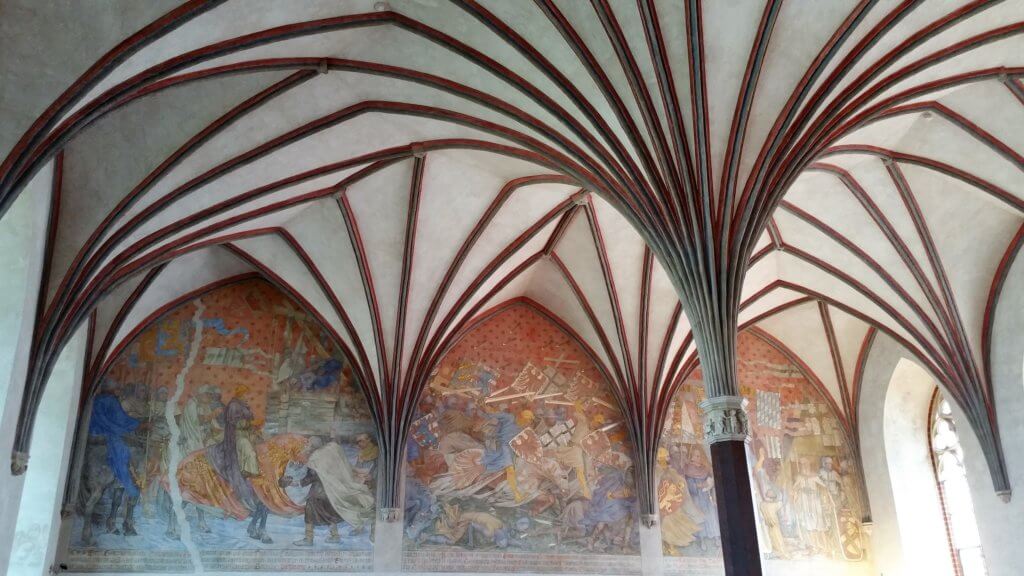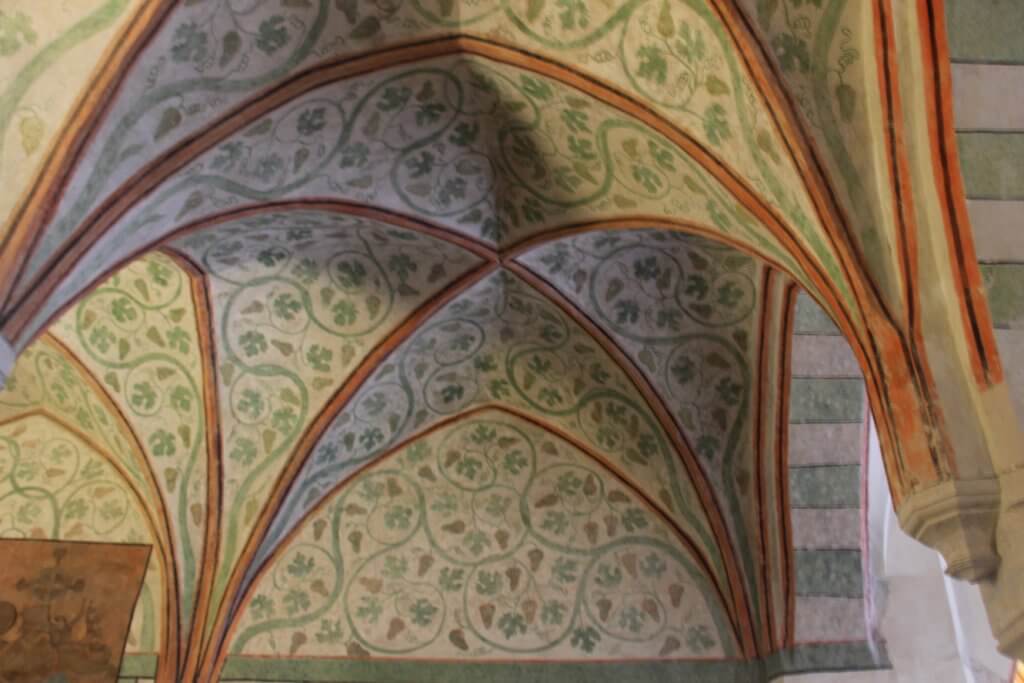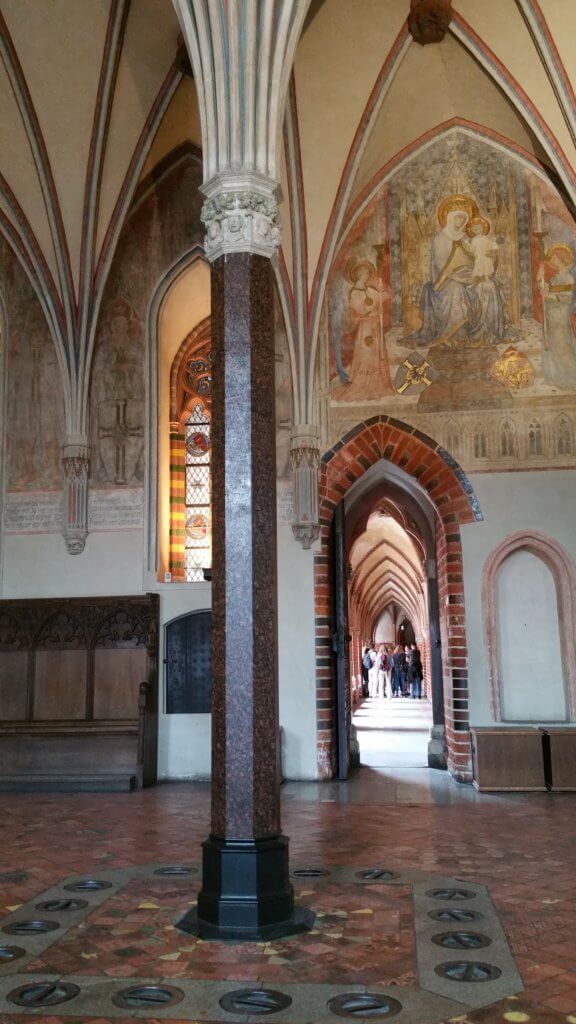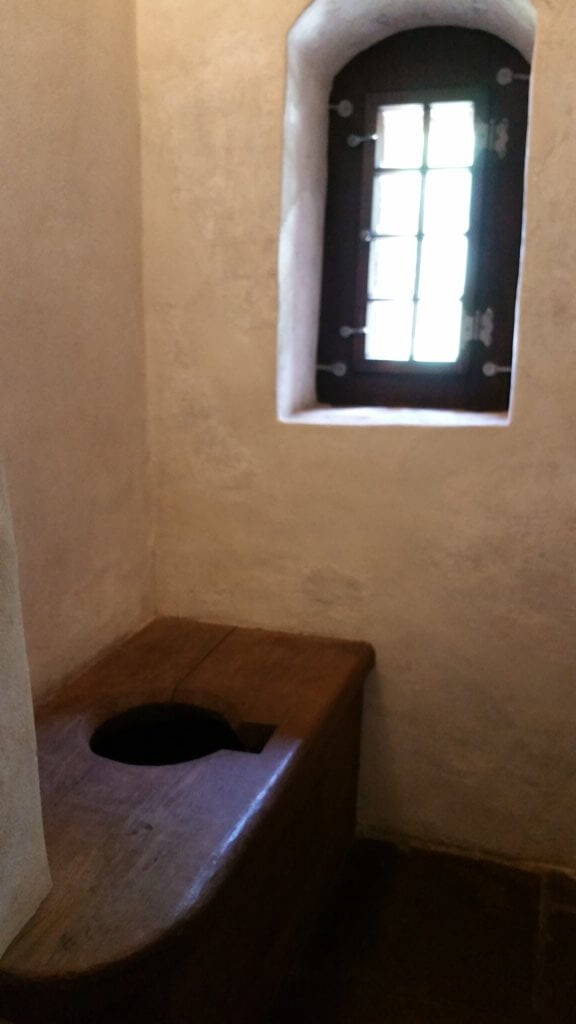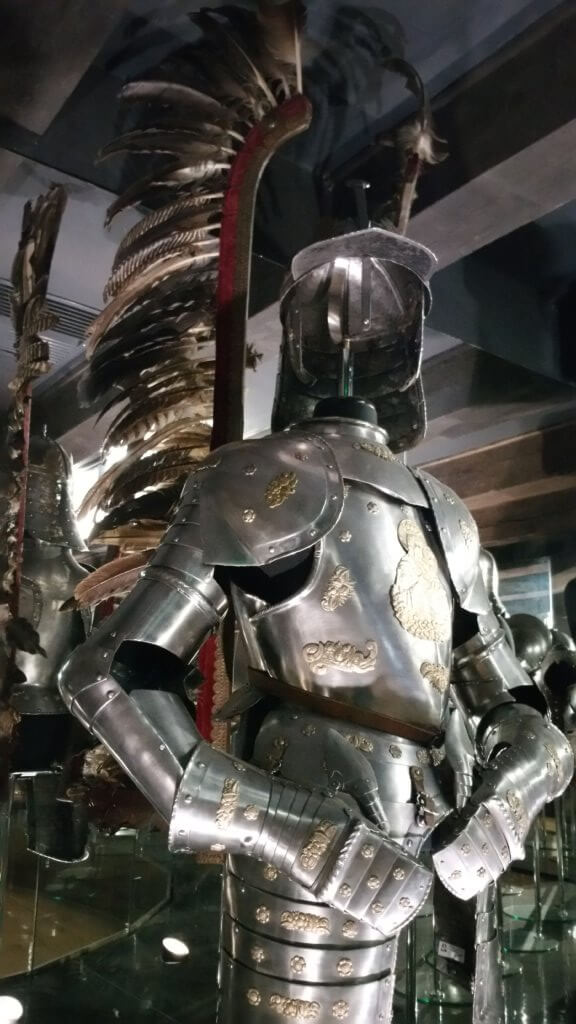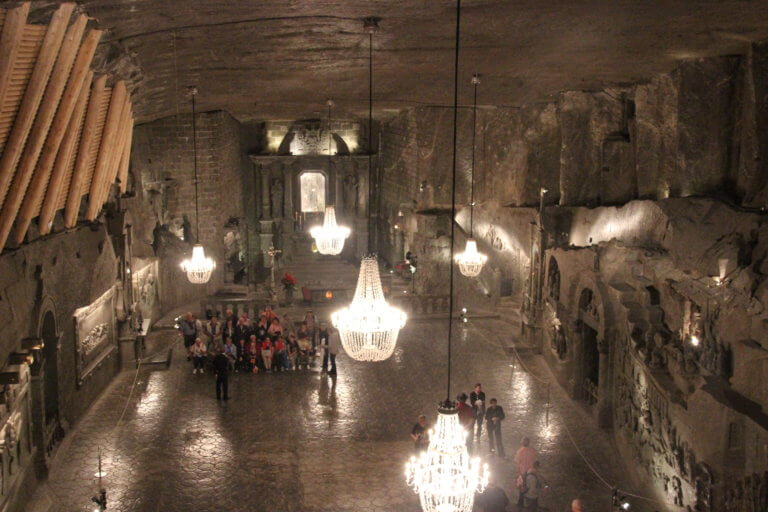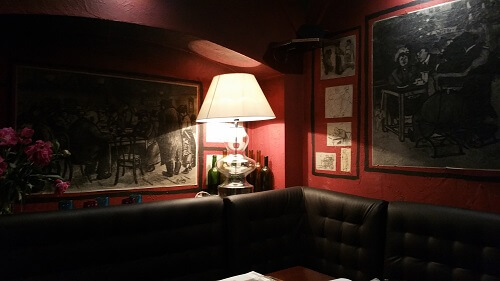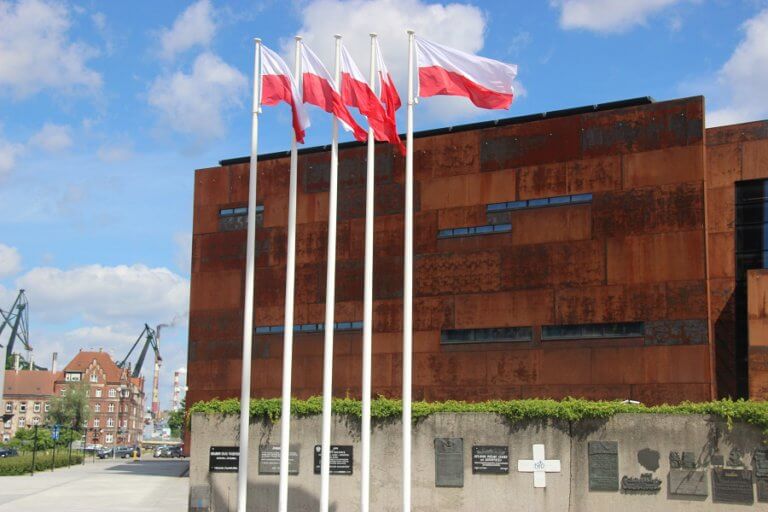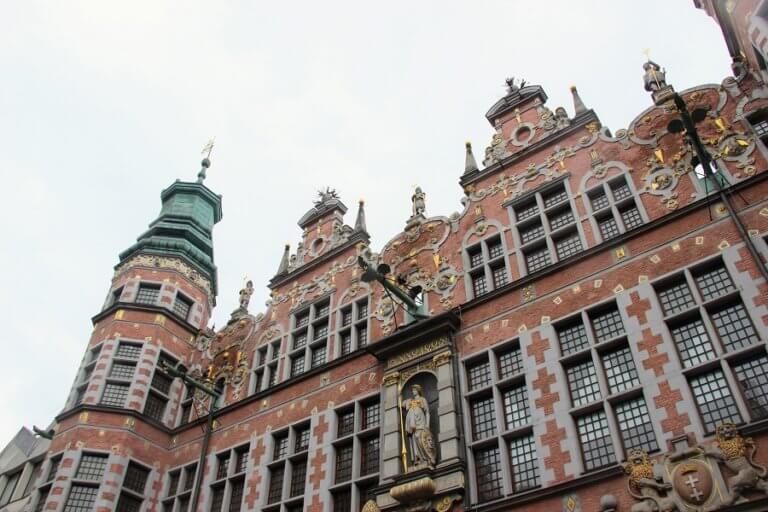Day 112 June 6th 2017
Today was the day to go to one of Poland’s top attractions, Malbork Castle which is about a thirty minute train trip from Gdansk.
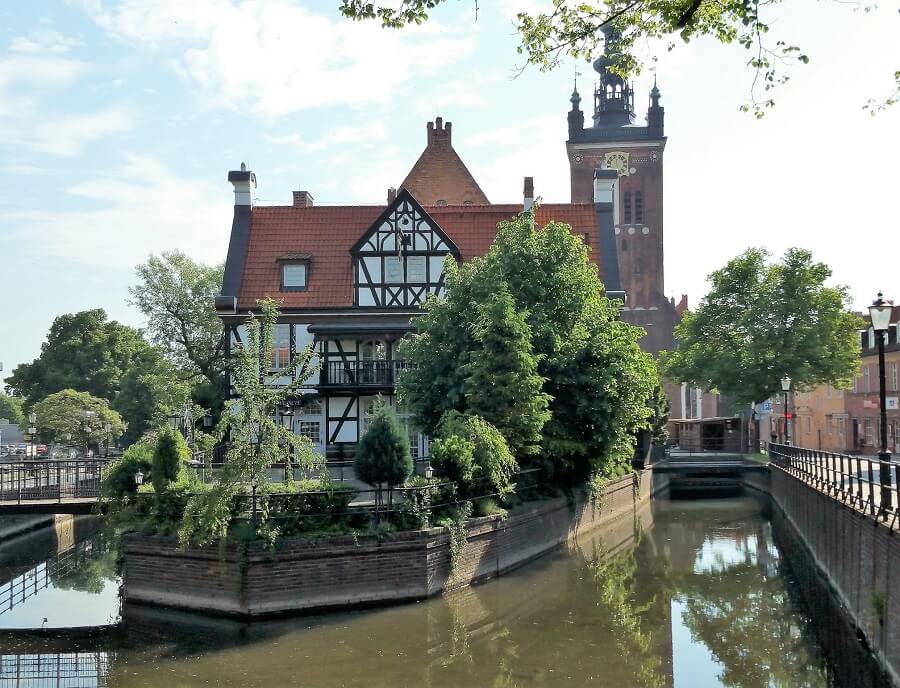
Our walk to the station took us in to an area we hadn’t been before which like the rest of Gdansk had plenty of surprises for us.When we got to the station however our fun really began ! There appears to be three different train companies two of which go to Malbork -I chose the wrong one to start but we were directed to the right one.Sigh of relief when we got our tickets but went to a platform, enquired and was told it was the wrong one then rushed around trying to find the right one only to end up back where we started! Found our way back to the entrance and then ran to the train which was on the platform we had been told was wrong.:-)
Anyway got to Malbork and walked to the castle where we again appreciated having brought tickets online, skipped the queue, collected our audio guides and started out.The first thing that hits you is the sheer size of the place and it is not surprising when you learn that it is the largest brick building of its type in the world and subsequently protected by UNESCO. It started as a simple monastery and was moved into by the Order of the Teutonic Knights in the fourteenth century when they returned from the Third Crusade and were asked by the then Polish nobility to preserve the area of the southern baltic coastline including Gdansk. They came to dominate the area as well as parts of Prussia and Poland.It therefore served as the centre of their administrative and military power and was expanded over a period of eight hundred years with various periods dominated by different owners as the power of the Knights waned.They ended up having to sell it to Poland because they ran out of money.
As you walk to enter the castle grounds you are reminded of what happened to the original building during the war and what an amazing feat it is to have recreated it.The castle has three main sections,The high castle,The Middle Castle and the Grand Master’s palace,These of course are surrounded by moats and various defensive walls making them castles within castles.
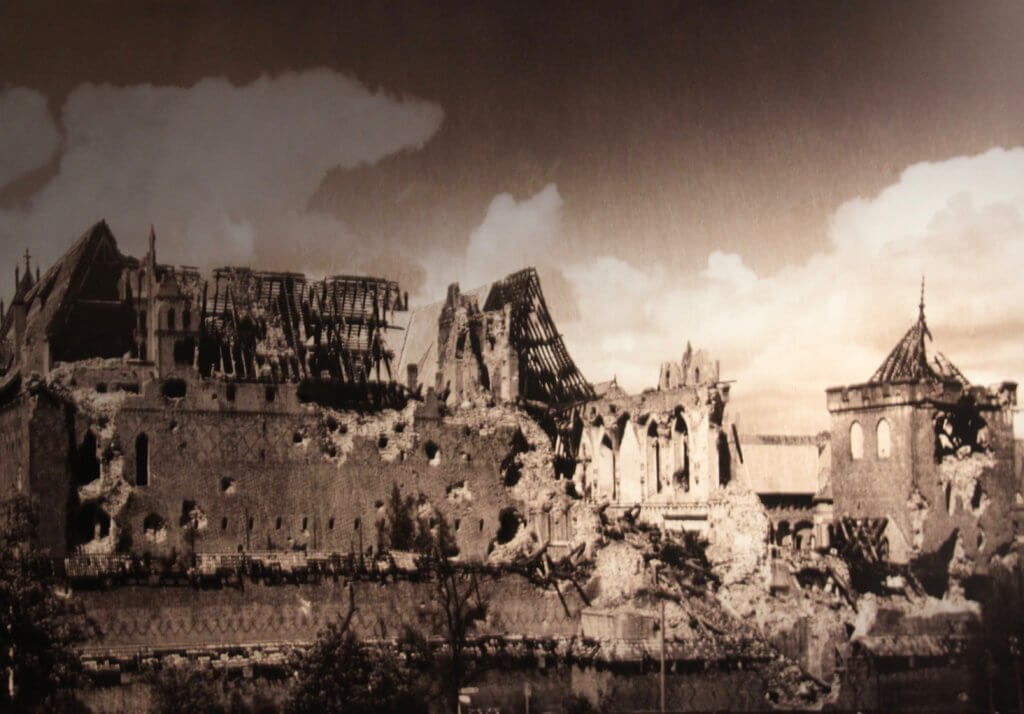

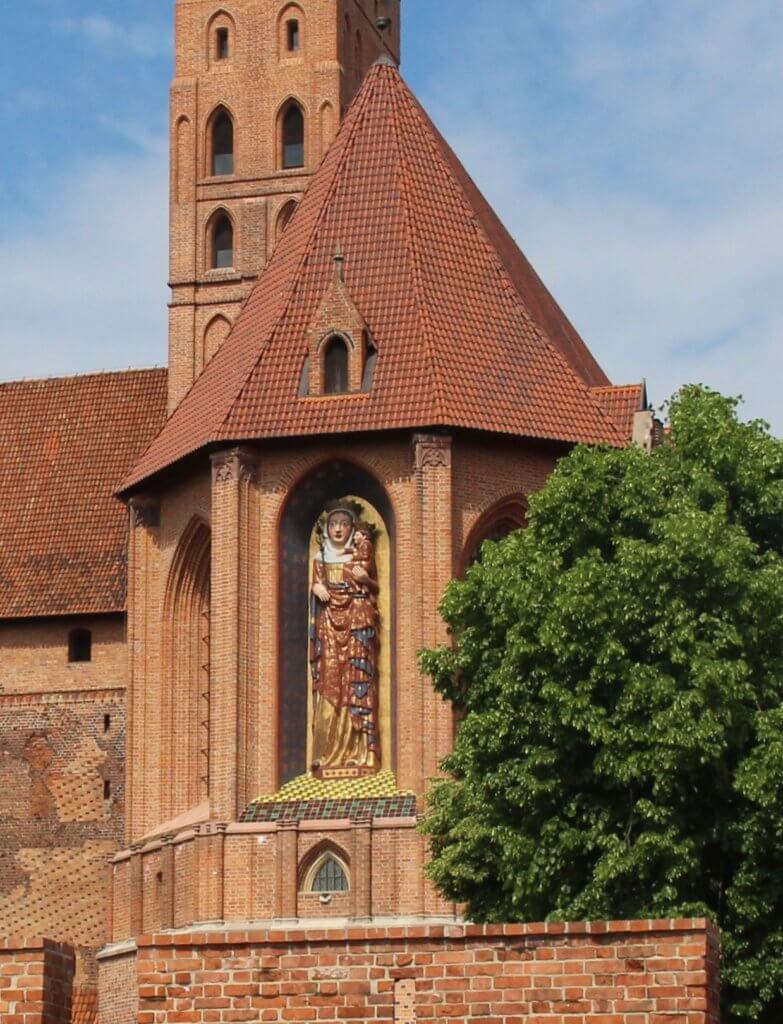
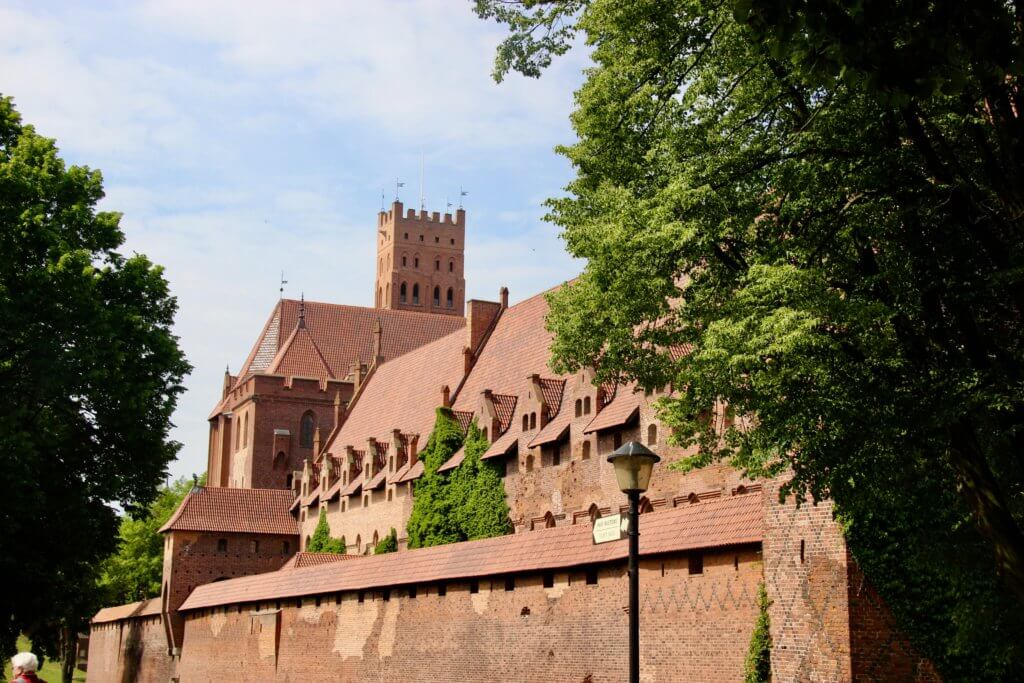
Once you arrive at the main entrance you enter into a courtyard the size of a field field having walked over a moat and under the first set of battlements, through gates with iron grills.The entries to all the other areas stem from this central point but they don’t make it easy to access.This was obviously deliberate in an attempt to protect the other sections of the castle if the enemy made this fare.A lot of the entrances are hidden and once you enter the various parts of the castle the sheer size and elegance of what lies inside the walls is unexpected.
The understated elegance of the the floors, ceilings and frescoes with the size of the rooms was a real contrast to the brick and stone of the fortifications protecting them.The other interesting issues were the facilities built into the rooms such as heating ducts that you can see around the column in the photo above.Fires were built under the floors below.
Also there were of course there were the ubiquitous “dunnies” one of which was in the cooks office! And in fact there was a whole tower dev0ted to being a lavatory maybe one of the first “long drops”.It is called the Gdanisko and “in the Middle Ages the tower played a role of the castle toilet and in case of need – an ultimate defence tower. It was built on arcades, so as the water carrying sewage could flow under it.”( from the Malbork museum website).
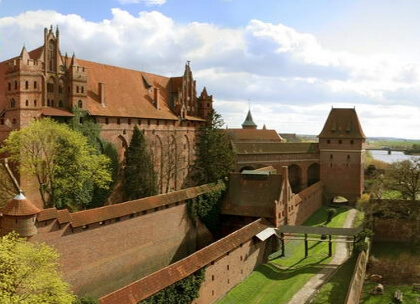
As well as the rooms themselves the museum has several collections, there was one we visited that had an amazing collection of amber which was collected in the area, and another with a a collection of armour and weaponry from around the world.
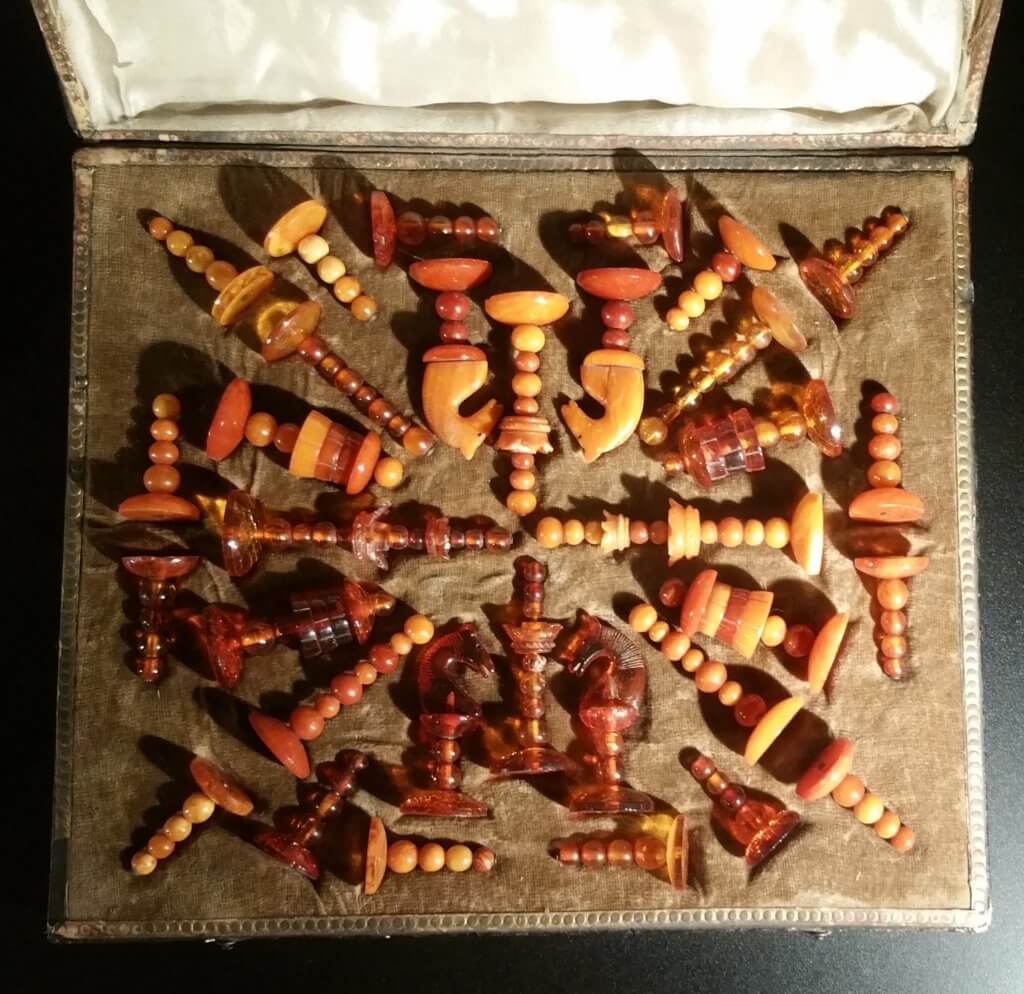
And of course with every visit to a historical building or a point of interest there are stories attached.Our favourite in this case was about the cannonball plainly obvious above the fireplace in the Grand Masters refectory.There seems to be agreement that it was a result of a siege by Polish forces in 1410 and the cannonball was meant to hit the column in the middle of the room and bring the castle ceiling crashing down on the occupants. The legends are around how it got where it is today.Was this is the actual spot it landed ? or was it was cemented in later by the Grand Master as a memento of a lucky escape?
Yet another wonderful day of learning and appreciation of the efforts taken to restore and preserve such a fine building.
